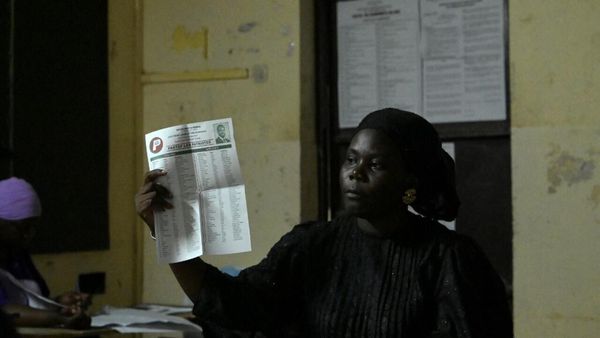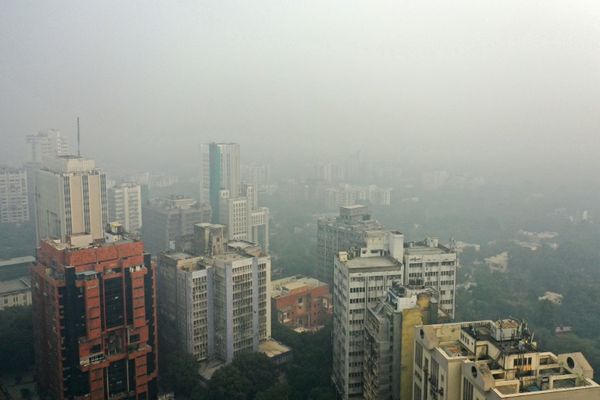
Up to 100 meteors an hour are predicted to be seen soon, creating a show of celestial fireworks that lights up the night skies.
The comet Swift-Tuttle, which makes one round around the sun every 133 years, will travel through a cloud of cometary dust to create the Perseids meteor shower.A blazing stream of light may be seen in the sky as the comet's meteoroids, which are primarily no larger than a grain of sand, burn up as they enter Earth's atmosphere at a speed of 36 miles per second.Peak temperatures as they enter the atmosphere can range from 1,648°C to 5,537°C.
The Perseid meteor shower is one of the best shooting-star displays of the year.
But when will we be able to see it? Here’s some more information.
What is the Perseid meteor shower?
The Perseids are an annual meteor shower and are clearer in some years than others because of the time of day and conditions they are at their most intense.
Meteor showers happen when the Earth slams into debris originating from comets and asteroids. Shooting stars are seen whenever one of these pieces of debris enters the Earth’s atmosphere.
Some parts of dense streams stay in the same place in the Earth’s atmosphere, which means astronomers and scientists can predict annual meteor showers when the Earth passes that particular point in its orbit.
When will the meteor shower be visible?
The Perseid meteor shower should be visible over the UK from about sunset on August 12 until the early hours of August 13, provided the skies are clear.
Why is it called the Perseid meteor shower?
Royal Museums Greenwich said it is called the Perseids because the meteors seem to originate from the constellation of Perseus. Astronomers call this point the meteor shower’s radiant.
How can I watch it?
The good news is that you do not need any fancy equipment as it is the clearest meteor shower of the year.
At the time it is expected to peak above London, stargazers are encouraged to find a dark spot, sit back and relax. The best hours for watching are normally between midnight and 6am.
When is the UK’s next meteor shower?
After Perseids, the next notable meteor shower will be Draconids, which will appear in our skies from October 6 to October 10.







